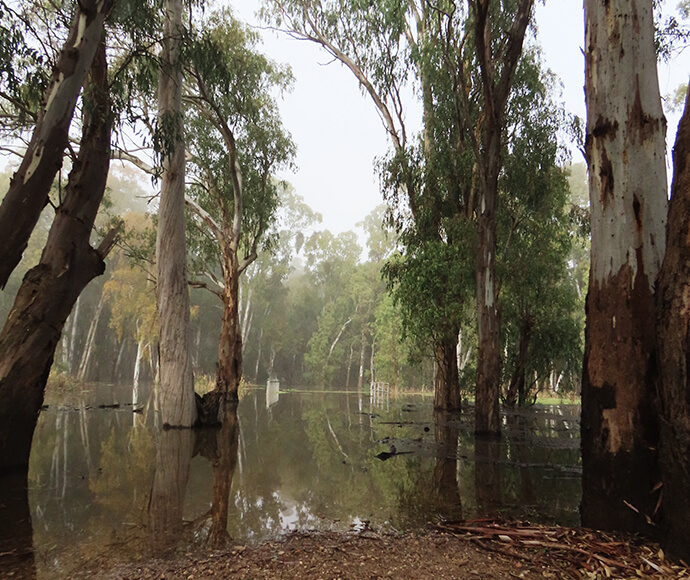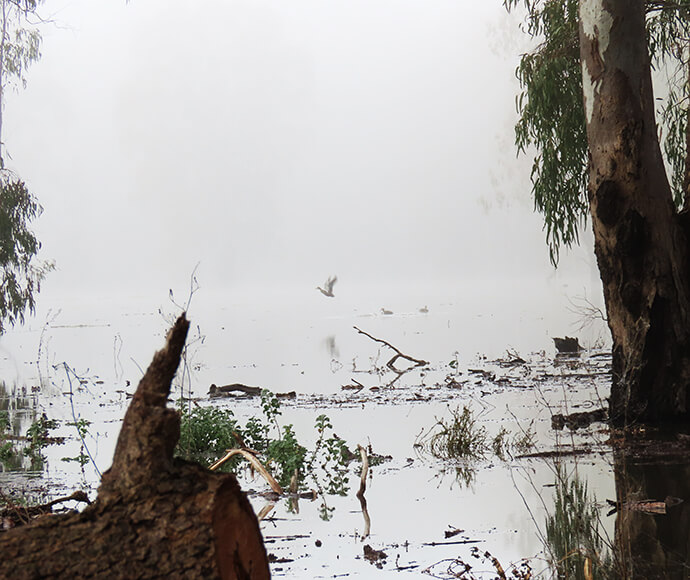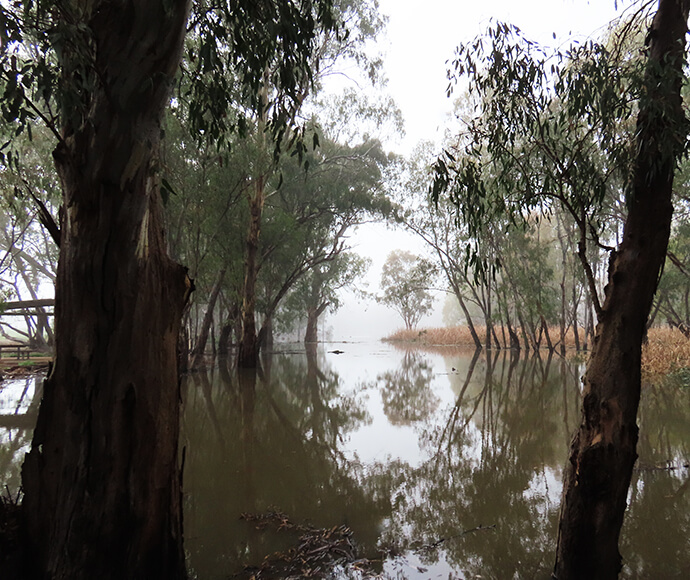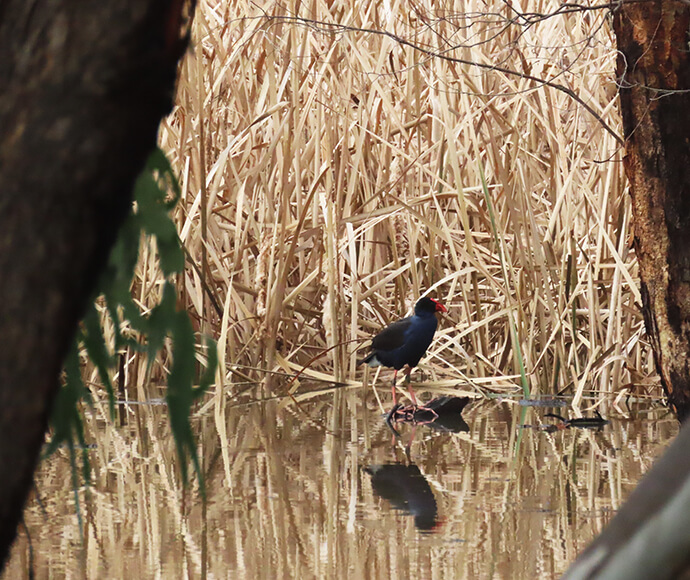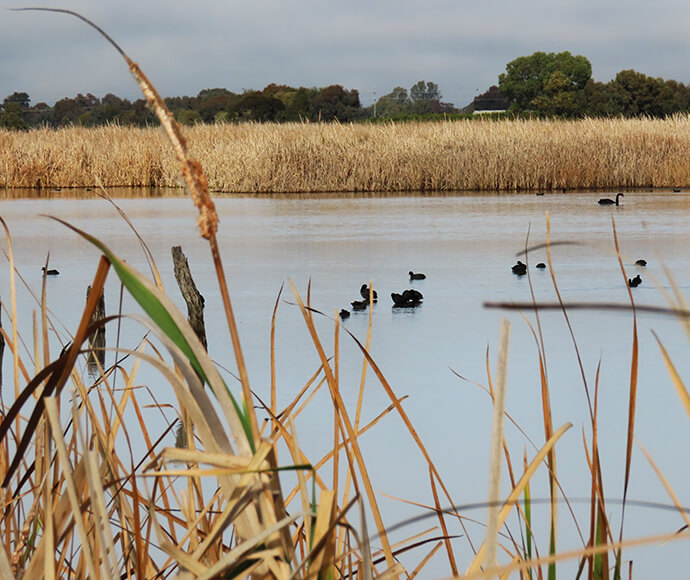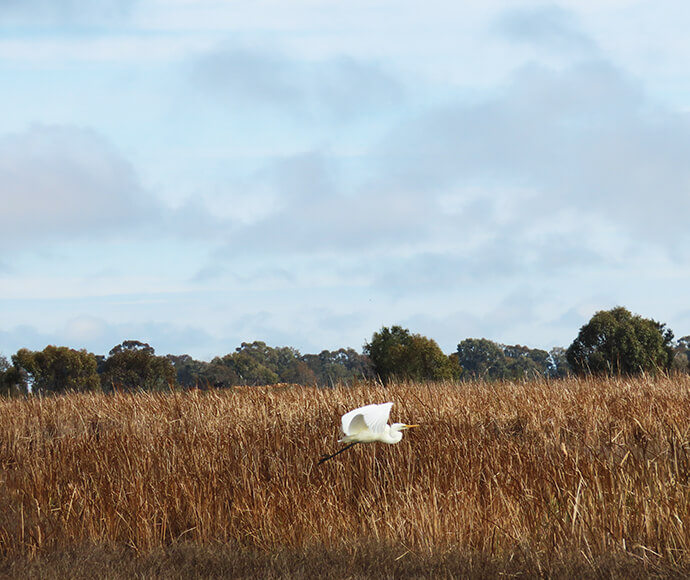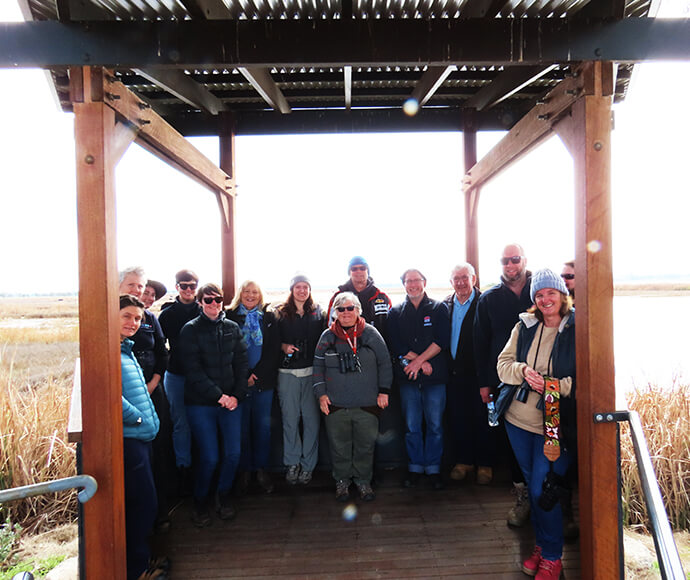Catchment conditions
A minor to moderate flood warning is in place for the Murrumbidgee River. Major storage dams are full. There is an 80% chance of exceeding median rainfall for September to November 2022, with the chance of exceeding the median maximum temperate being 50% for the same period. The chance of La Nina conditions occurring has increased with 4 out of 7 climate models suggesting La Nina could return early to mid-spring.
Operational update
System inflows in the Murrumbidgee have increased yearly for the last 5 years. There is more water in storages now than at any other time in the previous 5 years to August 2022. Rainfall has been above average in the last 12 to 24 months. The last 6 months of inflows to storages and downstream tributaries have been consistent with rainfall trends. Airspace releases from Blowering and Burrinjuck dams are likely to continue according to WaterNSW operational parameters. More river operations information can be found on the WaterNSW website.
Recent watering events and outcomes
Flow recession management events occurred in June 2022 using 31,025 megalitres (ML) of water for the environment from Burrinjuck Dam. The purpose of these flows was to provide gentler recession rates following operational air space releases. There have been few opportunities to deliver environmental water recently due to high unregulated flows. On recession of these flows, the following future environmental watering events are anticipated.
Future environmental flow events
Once flows drop below operational flow limits, further recession management events are possible with landholder support. Native fish recruitment flows in the Murrumbidgee and Yanco systems are possible in November, to avoid low flows during Murray cod and trout cod nesting seasons. Lowbidgee waterbird breeding maintenance flows may be required from October onwards to maintain water levels and water quality. Managing floodplain return flows may assist mitigation of hypoxic blackwater in the Lowbidgee and Yanco systems.
Monitoring
The Charles Sturt University Monitoring Evaluation and Reporting team are conducting regular surveys in the Yanco Creek, mid-Murrumbidgee and Lowbidgee areas. This work includes frog transects, morning waterbird surveys, call recorder servicing, depth logger retrieval, and download.
The frog call recorder data from the Yanco Creek system is being processed using computer automation to recognise sound waves from different frog species such as Giant Banjo frogs and the endangered southern bell frogs. Charles Sturt University is developing this technology to reduce monitoring data processing time. Further information on Charles Sturt University's research in the Murrumbidgee valley can be found on the Endangered species research: saving the southern bell frog page.
Case study – recovering threatened small-bodied floodplain fish
Small-bodied floodplain fish are threatened or endangered across the Murray-Darling Basin due to habitat loss and alteration, river regulation and invasive pest fish. As source fish for restocking are rare, it is important to carefully design a population recovery approach. Requirements for the success of this project have been identified as:
- secure water delivery
- alternative refuge sites
- good water quality
- fewer pests and predators.
Lake Paika (in the Lowbidgee) has been a key asset for the environmental watering program since 2011. It has been selected as a suitable site as it meets all the requirements for successful small-bodied floodplain fish population recovery. These include the ability to manage environmental water delivery, on-site alternative refuge dams, suitable aquatic vegetation and carp screening. Initial stocking of southern pygmy perch into Lake Paika is scheduled for September 2022 to monitor, manage water levels and restock in September 2023. This project is a collaboration between the Department of Primary Industries (DPI Fisheries), Department of Climate Change, Energy, the Environment and Water and local landholders.
